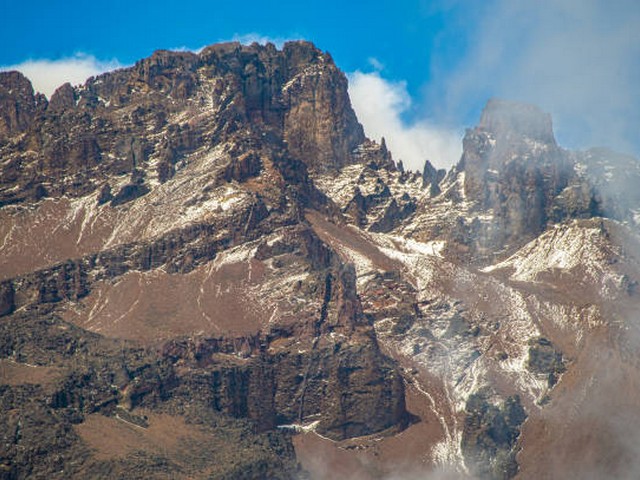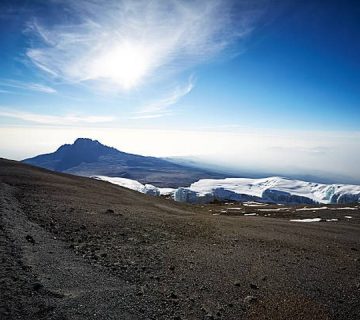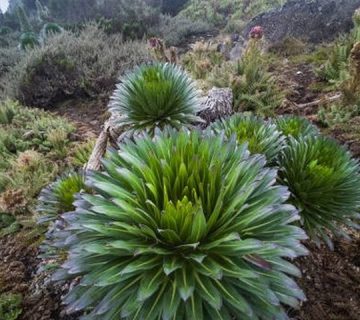Film Your Kilimanjaro Climb: Tips for Videographers
Embarking on a climb of Mount Kilimanjaro is not just about conquering the highest peak in Africa; it’s about capturing a journey that transcends ordinary life, bringing you face-to-face with raw nature and your inner self. For videographers, both amateur and professional, documenting this adventure can transform a personal achievement into a visually stunning narrative to share with the world. At the Kilimanjaro Centre for Trekking and Ecotourism (KCTE), we not only guide you up this majestic mountain but also help you encapsulate your experience in moving pictures. Let’s explore how you can perfectly capture your climb to the Roof of Africa.
Why Film Your Kilimanjaro Climb?
Filming your ascent up Kilimanjaro offers a unique opportunity to immortalize the landscape’s breathtaking beauty and the emotional highs of your trek. Whether you aim to inspire others, share your personal story, or preserve unforgettable memories, a well-crafted video can transport viewers right alongside you on your journey through different climate zones and up steep trails, culminating in the awe-inspiring summit sunrise.
Preparing to Film: Equipment Essentials
Choosing the Right Gear
When planning to film your Kilimanjaro climb, selecting the right equipment is crucial. Lightweight, durable, and weather-resistant gear is a must. Consider a good quality DSLR or mirrorless camera that performs well in low light for those early morning shots. GoPros or similar action cameras are also excellent for hands-free filming and tough weather conditions. Don’t forget ample batteries and memory cards, as charging facilities are limited during the climb.
Packing Smart
Given the varying climates and rugged terrain, packing efficiently is key. Use protective casing for your equipment and opt for a comfortable, sturdy backpack with easy access to your camera. Balancing the weight of your gear with necessary trekking essentials is vital for a safe and enjoyable climb.
Capturing the Climb: Videography Tips
Know Your Story
Before you even start your climb, have a clear idea of the story you want to tell. Is it a personal journey, a documentary about Kilimanjaro, or a focus on the people you meet along the way? This will guide your shooting style, the scenes you prioritize, and the footage you capture.
Diverse Perspectives
Try to capture a variety of angles and perspectives to keep your video engaging. Aerial shots using a drone (following park regulations), close-ups of natural details, and scenes of daily camp life all add depth to your narrative. Also, include shots of fellow climbers and guides, as human interest elements are compelling.
Optimal Lighting
The best times for filming are during the golden hours, shortly after sunrise and before sunset, when the light is soft and golden. The summit night provides a unique challenge, with filming mostly done in moonlight or with headlamps. Embrace the challenge, as these shots can be incredibly dramatic and rewarding.
Staying Safe and Respectful
Prioritize Safety
While capturing your climb, your safety and that of others come first. Always be aware of your surroundings and careful not to interfere with the trekking party or the natural environment. Listen to your guides from KCTE, who are seasoned in safely navigating the mountain.
Respect the Environment
Mount Kilimanjaro is a World Heritage site. It’s vital to minimize your environmental impact. Stick to established paths, avoid littering, and be respectful towards wildlife. When using a drone, ensure you adhere to the park’s regulations to prevent disturbances to the natural habitat.
Editing Your Footage
After your descent, the adventure continues with editing your footage. Here, you bring your story to life, piecing together the narrative, adjusting colors, and perhaps adding a soundtrack that complements the visuals and enhances the emotional resonance of your climb.
Conclusion: Share Your Journey
Once your video is complete, it’s time to share your Kilimanjaro journey with the world. Whether through social media, film festivals, or private screenings, your video can inspire and awe. Remember, each frame should reflect the magnificence and spirit of Kilimanjaro and your personal journey upon its slopes.
Why Climb with Kilimanjaro Centre for Trekking and Ecotourism (KCTE)?
At KCTE, we are dedicated to providing a memorable and safe climbing experience tailored to your aspirations, whether you’re a seasoned mountaineer or a first-time trekker with a passion for videography. Our expert guides ensure you have the necessary support to not just reach the summit but also capture the essence of Kilimanjaro in your film.
Ready to turn your dream into a visually stunning reality? Book your Kilimanjaro climb with us today and start preparing for an unforgettable adventure that you’ll be proud to share as a spectacular videographic tale.
FAQs: Filming Your Kilimanjaro Climb
Q1: Do I need a permit to film on Mount Kilimanjaro?
Yes, filming on Mount Kilimanjaro requires a permit. KCTE can help facilitate the acquisition of these permits as part of your trekking package.
Q2: What is the best season to film Mount Kilimanjaro?
The best times to film are during the dry seasons, from late June to October and from late December to March, when the skies are clear and the visibility is best.
Q3: Can I charge my camera batteries during the trek?
Charging facilities are limited on the mountain. It’s advisable to bring extra batteries to ensure you can keep filming throughout your climb.
Q4: How do I protect my camera from the cold?
Keep your camera in a padded case and as close to your body as possible while climbing, especially at higher altitudes, to prevent battery drainage and moisture damage.
Q5: Are drones allowed on Kilimanjaro?
Yes, but flying a drone requires additional permits and strict adherence to park guidelines. KCTE can provide advice and assistance regarding the rules for drone usage.
Embark on your Kilimanjaro filming adventure with the assurance of KCTE’s expert guidance. Capture the essence of your climb and share a story that resonates with viewers across the globe.




